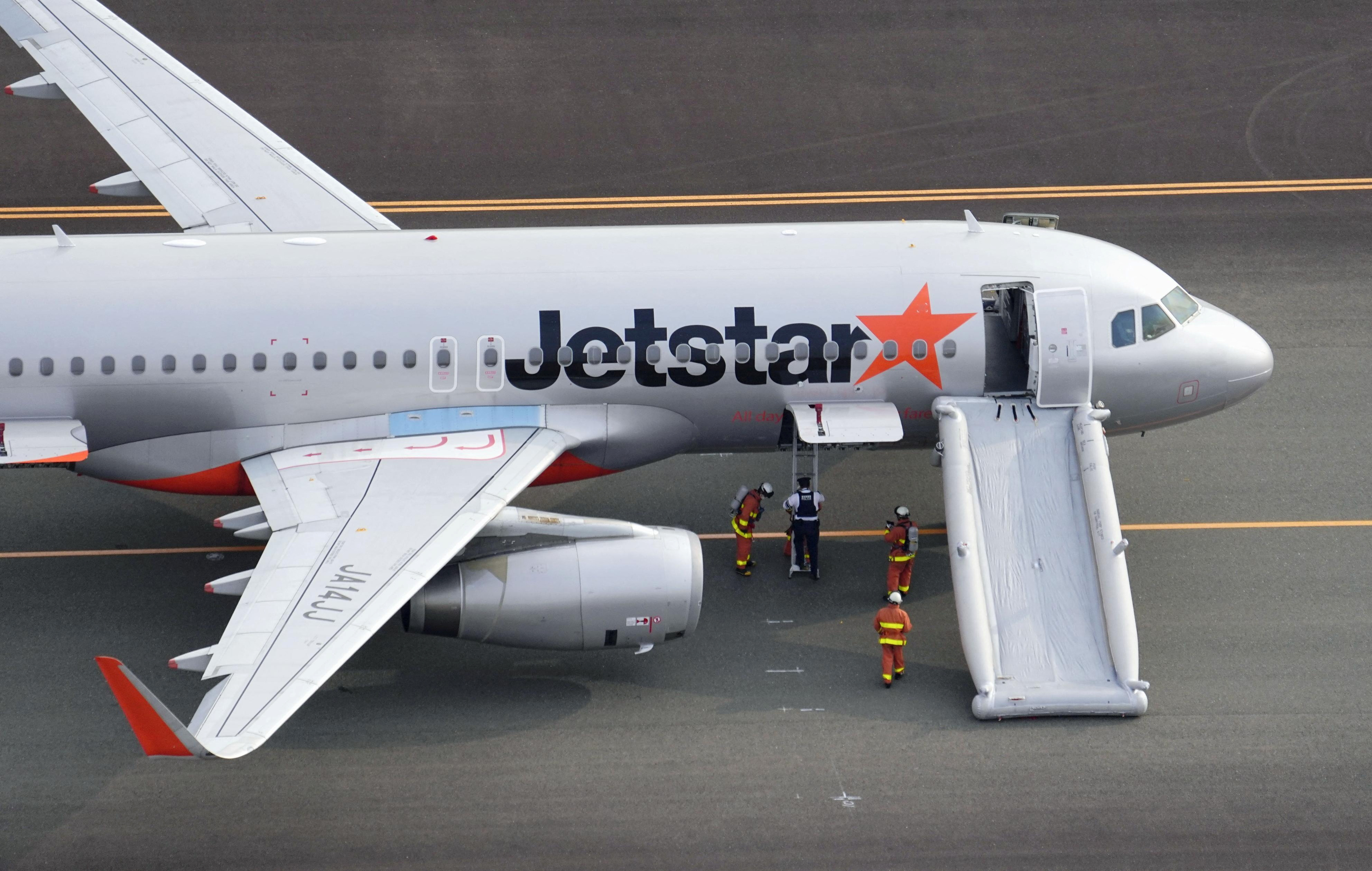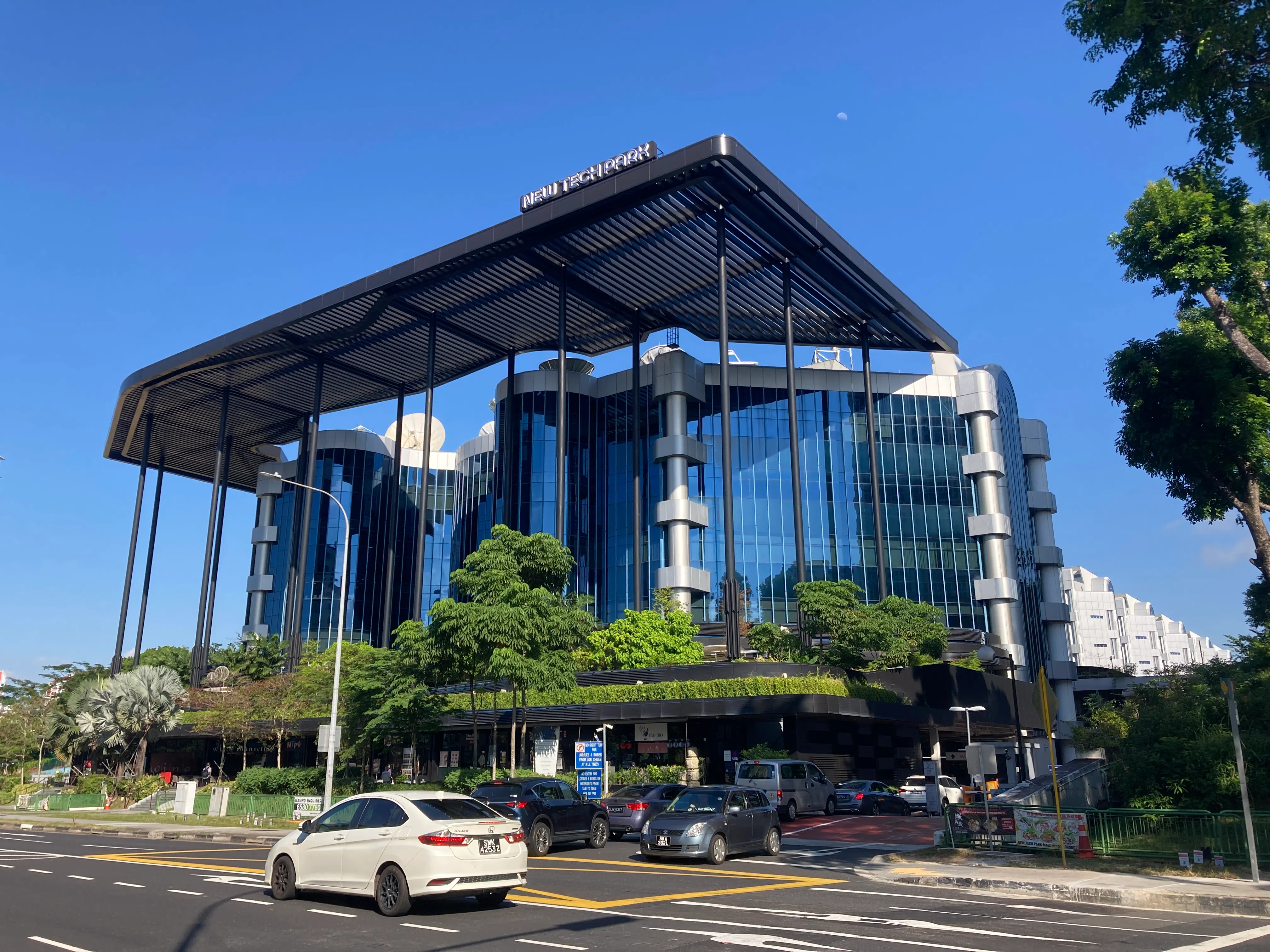Singapore Retail Rents: The Real Numbers Behind the Hype
Singapore’s retail landscape has changed significantly since the pre-pandemic era. As a consequence, rentals, occupancy costs, and consumer behaviour have shifted.
These inevitable changes arise from economic and policy-driven factors. Headlines often highlight rent declines or increases.
However, a deeper look at the data shows a nuanced story. This story involves affordability, sustainability, and the evolving retail ecosystem.
Below, we break down the key insights and trends shaping Singapore’s retail sector.
Retail Rent Trends: The Big Picture

- Central Region: URA data shows a 22.1% drop in private-sector retail rents from Q4 2019 to Q1 2024, with a modest 0.4% increase between Q1 2024 and Q1 2025.
- Suburban Areas: Rents fell by 24% over the same period, reflecting softer demand outside the city center.
These declines highlight the post-pandemic recalibration of retail spaces, as footfall patterns shifted and e-commerce gained traction.

- CapitaLand Integrated Commercial Trust (CICT): OC stood at 17.1% in 2024.
- Frasers Commercial Trust (FCT): OC was 16% in 2024.
- F&B Sector: OC in CapitaLand malls remained below 20%, lower than pre-COVID levels.
Occupancy costs provide a clearer picture of rent affordability relative to sales, showing that while rents have declined, tenant profitability remains under pressure.

Case Study: Flor Patisserie at 42 Siglap Drive
The Flor Patisserie example illustrates how property prices, rental yields, and rent levels interact in the commercial property market:
| Key Insight | Details |
|---|---|
| Current Rent | S$5,400/month (S$2.93 psf), yielding 2.03%, which is insufficient to cover mortgage costs based on the December 2021 transaction price of S$3.2 million. |
| New Asking Rent | S$8,400/month (S$4.56 psf), boosting yield to 3.18%. |
| Neighbour Unit (#44 Siglap Drive) | Rent of S$4,500/month yields 3.1% based on a May 2011 transaction price of S$1.75 million. |
This case highlights how entry prices for properties influence rental yields. Thus, this underscores the growing attractiveness of commercial units amid higher residential ABSD rates.
Policy Impacts: ABSD and Rising Interest Rates
ABSD Effect
- Residential ABSD Spike: Foreign buyers face a 60% ABSD, deterring residential purchases and redirecting investment toward commercial properties.
- Consequences: Investors holding pre-ABSD residential units are reluctant to sell due to higher replacement costs, driving demand for commercial spaces.
Interest Rates and Rents
Rising interest rates have increased borrowing costs, indirectly affecting commercial rents. Strata malls and shophouses, less regulated than REIT-operated malls, have seen sharper rent hikes.
This witnesses a (40-50%) on renewals, contrasting with the modest annual rent growth of ~0.75% in REIT malls.
Footfall, Sales, and Trade Mix Dynamics
Footfall and Revenue Drivers

- CapitaLand Malls: Recorded ~400 million footfall visits in 2024, averaging ~1 visit per resident per week.
- Revenue Fundamentals: Tenant sales per sqft grew at a CAGR of 1.9% since 2018, outpacing rental growth (CAGR of 0.7%).
Trade Mix and Cannibalisation
Managed malls maintain a balanced trade mix (~30% F&B) to avoid cannibalisation and include non-meal trades (e.g., opticians, classes) to sustain footfall.
Overconcentration of similar trades risks zero-sum competition for customer wallet share.
Rising Costs Beyond Rent
Utilities and Labour
- Utilities: The fastest-growing cost for retailers, squeezing margins.
- Labour Challenges: Tight foreign worker quotas (e.g., 35% cap for F&B) and a shrinking local service workforce (low birth rate, rising university participation) exacerbate staffing issues.
Chain Restaurants and Economies of Scale
Chain restaurants leverage central kitchens and bulk purchasing efficiencies to offset high labour costs. Post-Covid, Chinese F&B brands face challenges sourcing ingredients locally, leading to a rise in hot pot restaurants, which require fewer skilled chefs.
International Competition and Brand Challenges

Top Brands Face Staffing Hurdles
Global brands like Starbucks Roastery and Cheesecake Factory, requiring 100-200 full-time staff, struggle to operate in Singapore’s tight labour market.
Regional Competitors
Cities like Bangkok outperform Singapore as retail hubs due to lower costs and skilled manpower. Johor’s pricing and currency advantage also pose competitive threats.
Policy Responses and Market Dynamics
Calls for Regulation
Proposals for rent control, vacancy taxes, and restrictions on foreign brands (targeting Chinese brands) reflect growing concerns about affordability and competition.
However, rent control risks replicating inefficiencies seen in hawker centers, where low rents incentivise owners to lease quickly.
Chinese Retail Model
Chinese brands adopt rapid expansion strategies, achieving a minimum efficient scale (20-100 stores per city) and ranking stores by sales performance.
In contrast, Singaporean retailers expand slowly (~2-5 stores/year), struggling to compete with Chinese counterparts’ economies of scale (~200-500 stores/year).
Mall Operators’ Role in Retail Ecosystem
Operational Excellence
Mall operators like CICT and FCT achieve ~99.3-99.7% occupancy, outperforming the URA retail occupancy rate of 93.8% in Q4 2024.
Their B2B2C model supports tenants through asset planning, leasing, marketing, and operations.
Proactive Asset Management
CapitaLand’s proactive tenant retention (~84.5% in 2024) and trade mix refreshment help sustain vibrancy. Older malls like Raffles City (39 years) and Plaza Singapura (50 years) remain well-maintained through ongoing capex investments.
Retail Diversity and Coexistence
Formats Coexist
- Managed Malls: Offer reliability and curated experiences.
- Strata Malls: Host offbeat trades and hole-in-the-wall F&B concepts.
- Streetside Retail: Supports fresh, niche ideas.
- Hawker Culture: Celebrates vibrant local traditions.
Suburban Malls’ Role
Critics of suburban malls miss their accessibility, bringing brands like Aesop, Sushiro, and Shake Shack closer to residents outside Orchard Road.
New Initiatives and Land Tender Policy
| Key Insight | Details |
|---|---|
| Adaptive Reuse Projects |
|
| Land Costs and Development |
|
Bottom Line
Singapore’s retail sector is navigating a complex landscape shaped by declining rents, rising operational costs, and evolving consumer preferences.
While occupancy costs provide a more accurate measure of affordability, other challenges, such as utilities, labour, and international competition, demand attention.
Mall operators play a critical role in sustaining vibrancy through proactive management, while policy reforms could address structural issues like high land costs.
Let us know what you think about this topic, and what do you want to hear next.
You can now be our community contributor and make a pitch to have your favourite personality be on our show.
Join our community group and drop us your insights on this topic.

-Jun-01-2025-06-24-42-9139-PM.png?width=50&name=Square%20(2)-Jun-01-2025-06-24-42-9139-PM.png)








Let us know what you think of this post